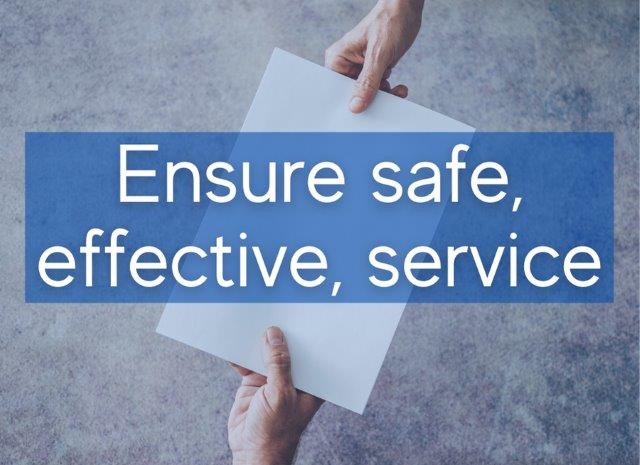How you can assist your process server to ensure a safe and effective service?
While the dangers of serving papers are nothing new to process servers, we’ve found that sometimes our clients don’t realise the risks that can result from sending a process server into an emotionally charged situation without all the facts.
There are a few steps both clients and process servers can take to ensure that documents are served safely and effectively, and with as few issues as possible.
How you can help your Process Server
Serving documents safely starts with getting as much information about the recipient as possible. This starts with the client. Here are a few things clients can do to ensure a safe, successful serve:
- Let the process server know if there is any history of violence with the individual or in the situation.
- Note whether it’s a type of case that likely involves high emotions (protection orders, parenting orders, divorce proceedings etc).
- Provide as much information as you can about the case and the individual to the process server
As a client, it’s always best to err on the side of over-informing your process server.
What we do in training our process servers
Our process servers are trained and aware of safety issues with serving process. In order to ensure safety and an effective service, process servers must…
- Stay alert and aware of their surroundings. If they spot a potentially dangerous situation, they must re-evaluate and may decide to attempt the serve later.
- Always be polite and respectful. Our process servers maintain a positive attitude.
- Understand that receiving legal documents is an emotional experience, and do their best to diffuse tension and keep the situation calm.
- Take additional precautions when serving at night, and understand the risks of serving papers after dark.
- Park in a safe spot that makes it easy and quick to leave the area if there’s any sort of issue.
- Never go inside the person’s home, and always take a few steps back from the door after ringing the doorbell.
- Never turn their back on the person being served, as part of maintaining situational awareness.
- Stay up to date on safety techniques.
We have a team of field agents that are experienced in assessing a situation and acting accordingly. As important as effecting a service is – first and foremost the safety of the process server needs to be considered.
For more helpful information visit our Resources page.

